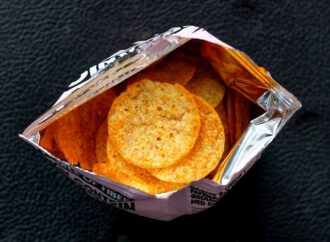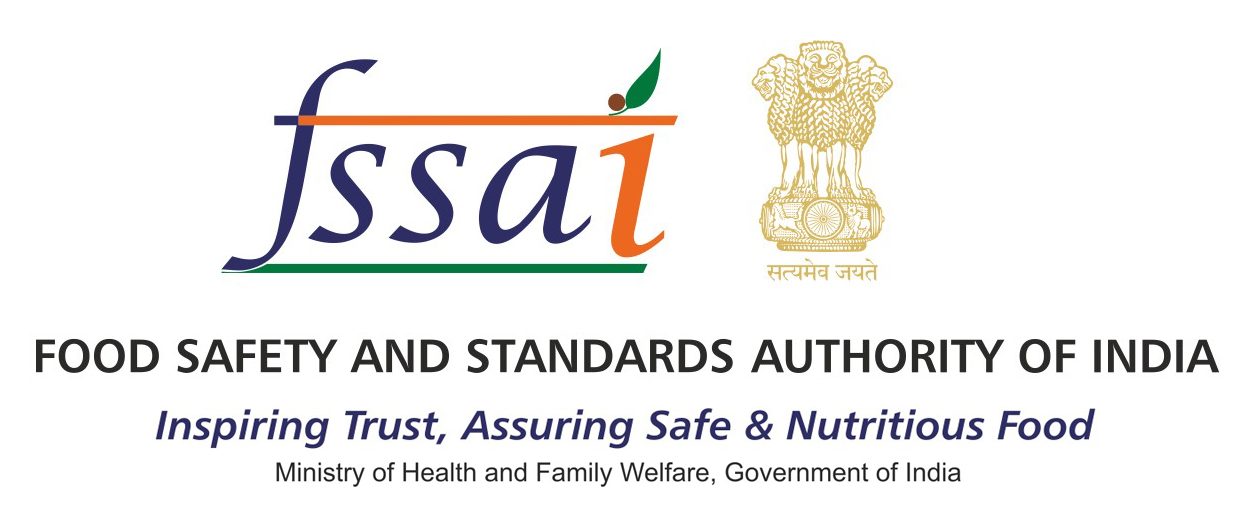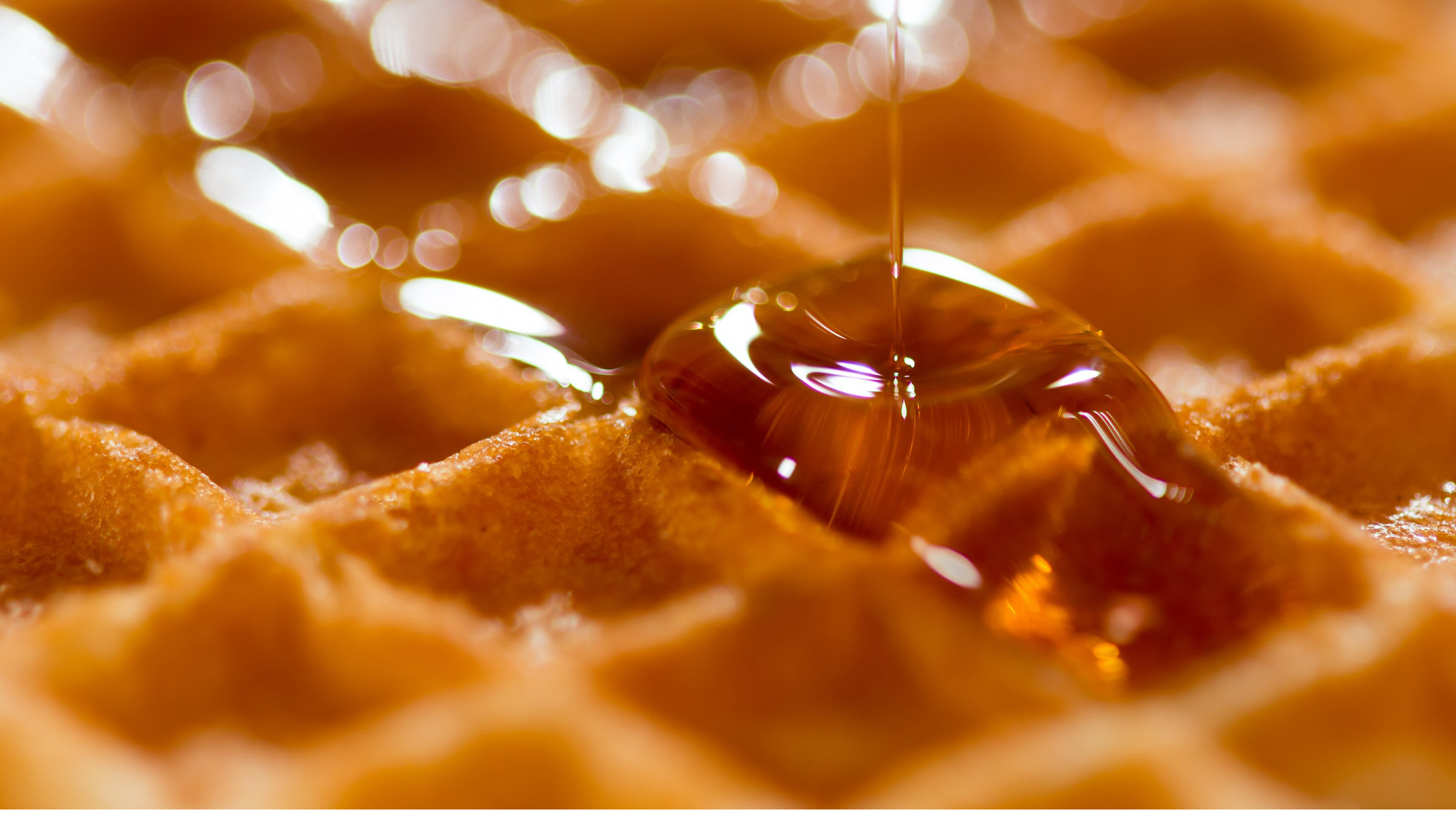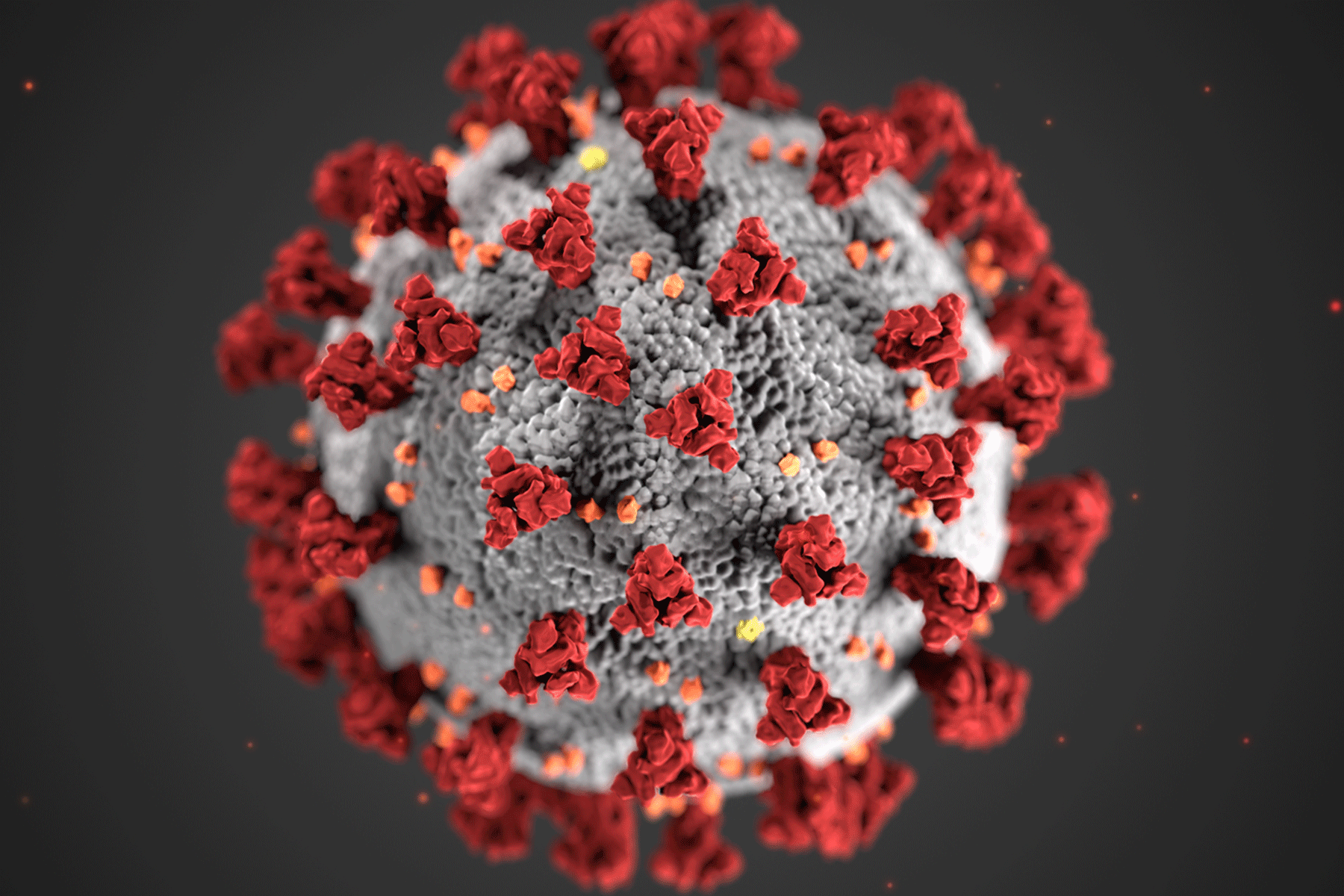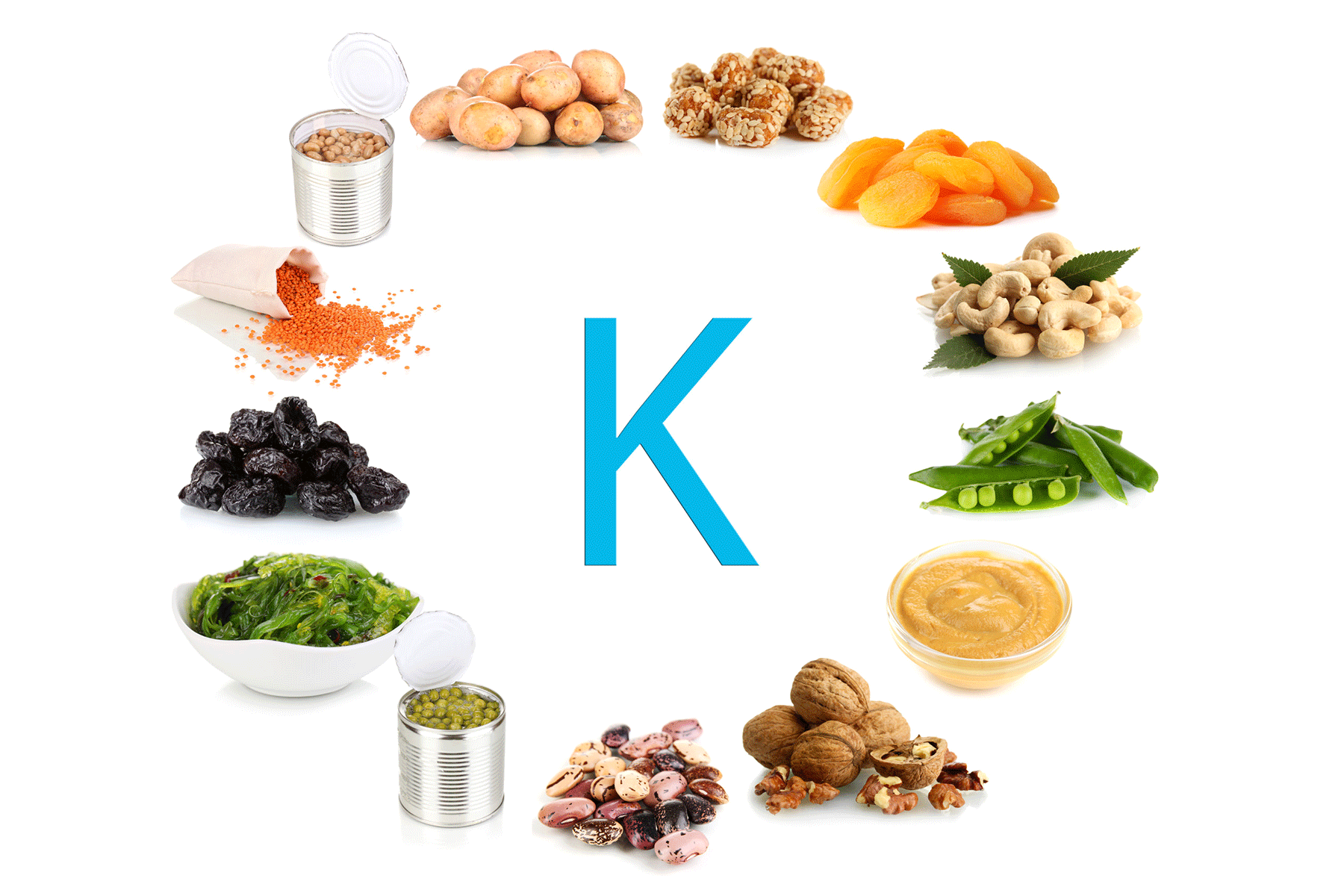Have you ever wondered how rice or other grains are prepared before they reach your plate? Before cooking a white pot of fluffy rice, it goes through two important processes: parboiling and polishing. These methods make rice easier to cook and improve its appearance. However, they also impact the safety and nutrition of the rice. Parboiling involves soaking, steaming, and drying rice to preserve nutrients and kill bacteria, while polishing removes the rice’s bran and germ, making it look white but stripping away essential nutrients. Let’s break down how these processes work and their effects on food safety and nutrition.
What is Parboiling?

Parboiling means “partially boiling.” People mainly use this method for rice. During parboiling, they soak the rice in water, steam it, and then dry it. After that, they mill the rice — that means they remove the hard outer shell or husk. Many countries, especially India, have used this method for centuries. Parboiling helps rice stay strong during milling. It also pushes vitamins and minerals from the outer layers deeper into the grain. That way, even after removing the outer layers, the rice keeps more nutrients.
The Parboiling Process
Parboiling partially cooks rice to improve its durability and nutrition. Here’s how it works:
- Soaking: They soak raw rice in clean water to soften it.
- Steaming: They steam the soaked rice, which helps transfer nutrients like B vitamins into the grain and eliminates bacteria.
- Drying: They dry the rice completely to prepare it for milling and safe storage.
After drying, they mill the rice to remove the husk. This gives us brown rice. Some people stop there, while others go on to polish the rice.
How Parboiling Affects Food Safety
Parboiling helps make rice safer in a few important ways:
-
Kills bacteria: The steaming step kills many harmful microorganisms.
-
Reduces toxins: It reduces dangerous compounds like aflatoxins that come from mould.
-
Improves shelf life: The drying step lowers moisture and keeps rice from attracting pests or mould.
But parboiling isn’t perfect. If workers use dirty water for soaking or don’t dry the rice properly, germs can grow. That’s why clean conditions matter at every stage.
What is Polishing?
Polishing — or whitening — removes the outer layers of the rice grain after milling. Once workers remove the husk, the rice still has two layers: bran and germ. These layers hold most of the fibre, vitamins, and healthy fats. During polishing, machines rub off the bran and germ. That leaves behind smooth, white rice. This rice looks nice and cooks fast. But it loses many nutrients along the way.
The Polishing Process – Made Simple
Polishing removes rice’s outer layers, making it white and smooth but stripping away nutrients like fibre and vitamins.
- Milling removes the husk and creates brown rice.
- Polishing removes the bran and germ, turning brown rice into white rice.
People also use polishing on other grains like wheat. That’s how we get maida (refined flour) from whole wheat.
How Polishing Affects Food Safety and Nutrition
Polishing has both pros and cons:
-
Loses nutrients: Polishing removes much of the fibre, B vitamins, and minerals.
-
Raises blood sugar: Polished rice digests quickly and can spike blood sugar. That’s not great for people with diabetes.
-
Increases shelf life: Polished rice doesn’t spoil as fast because it lacks the oily germ layer.
-
Looks better, but isn’t healthier: Polished rice looks clean and white, but brown or semi-polished rice offers more nutrition.
Improper storage can also make polished rice unsafe. If people store it for too long or in open containers, insects or fungi can spoil the grain and create toxins.
So, Which is Better?
Parboiled rice keeps more nutrients and kills germs during processing. It also lasts longer. Polished rice looks nice and stores well, but offers less nutrition. You don’t need to avoid it completely, but eating only polished rice isn’t the best choice for your health.
What Can You Do?
You can make small, smart choices to improve your diet and food safety:
-
Pick better rice: Try parboiled or semi-polished rice. It’s a good middle ground between nutrition and taste.
-
Store grains safely: Use airtight containers. Keep them in cool, dry places to prevent pests and mould.
-
Wash, but don’t over-wash: Rinse your rice before cooking, but don’t scrub it too hard — that can wash away even more nutrients.
-
Add variety: Include brown rice, millet, or other whole grains in your meals for more nutrition.
Final Thoughts
The way people process food affects its safety and nutrition. Parboiling adds value — it kills germs, protects nutrients, and extends shelf life. Polishing makes rice look good, but removes healthy parts. When you understand how these steps work, you can choose better options for your plate. So next time you buy rice, don’t just pick the one that looks shiny and white. Ask yourself: “What’s better for my body?” Choose wisely, eat safely, and stay healthy!
 Food Manifest
Food Manifest 

